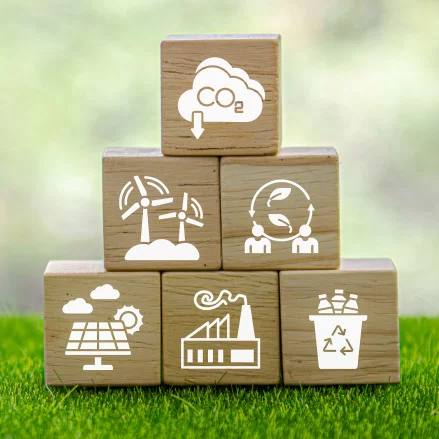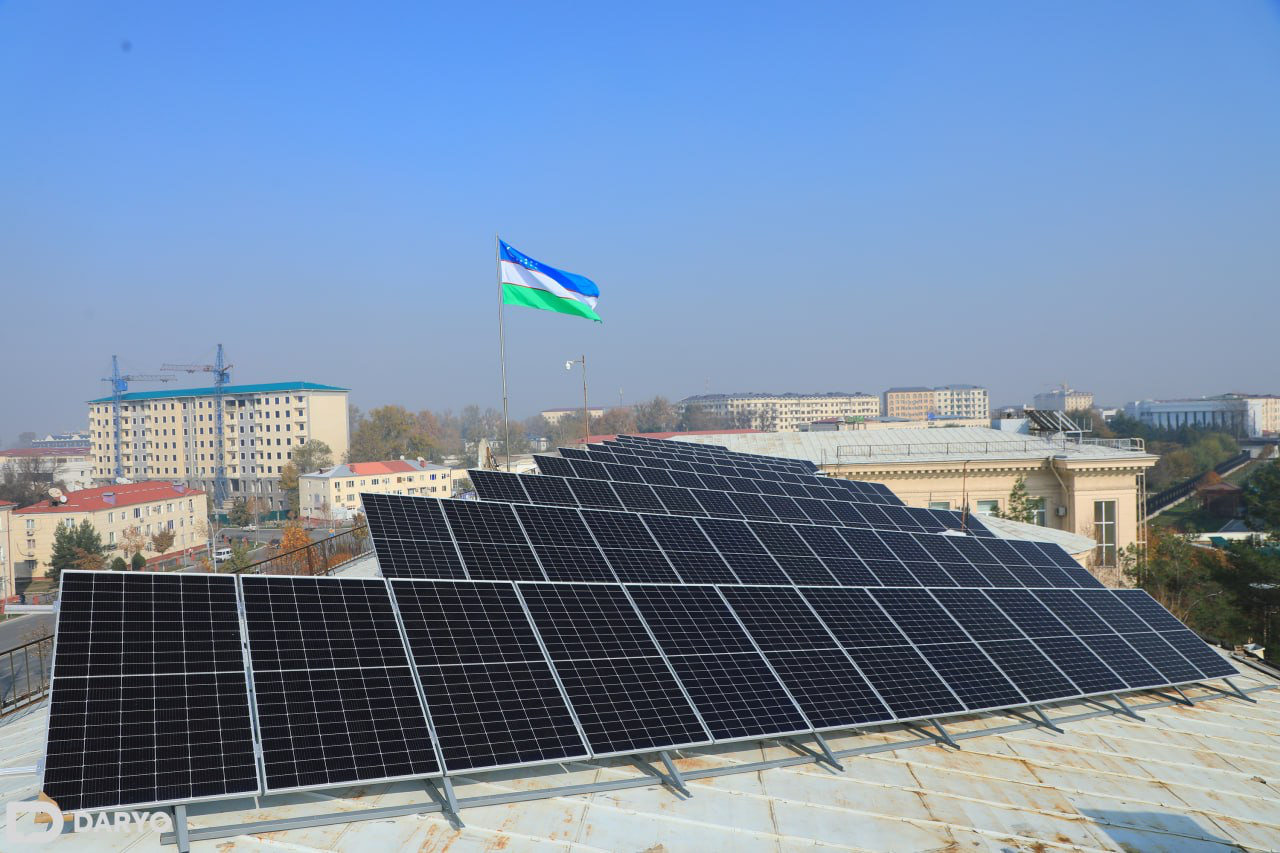Uzbekistan is making strides in its transition to a green economy, with the government committing to reducing greenhouse gas emissions, expanding renewable energy, enhancing energy and water efficiency, and improving urban green spaces. These initiatives are not just aimed at climate adaptation—they serve as strategic moves to accelerate the country’s shift toward market-driven principles and build a sustainable model for future growth.

The role of State-Owned Financial Institutions (SOFIs) and State-Owned Enterprises (SOEs) is crucial in this transformation. SOFIs currently provide approximately 70% of loans in Uzbekistan, while state investment funds like the Uzbekistan Fund for Reconstruction and Development (UFRD) were projected to invest around 10% of GDP into green projects by 2024. Furthermore, SOEs dominate vital sectors such as energy, industry, agriculture, and transportation, making them an untapped source of green investment potential.
The Ministry of Economy and Finance (MEF) plays an essential role in unlocking this potential. As a key shareholder in many SOFIs and SOEs, MEF has the authority to mandate green investment targets and ensure transparency, setting the stage for the country’s green transformation. By establishing clear green strategies and disclosure practices, MEF can guide these institutions toward sustainable projects and mobilize additional private capital.
According to a World Bank report, Uzbekistan should identify “green investment champions” among SOFIs and SOEs—entities that will prioritize green technologies and sustainable business models, setting an example for the private sector. Among the institutions already making strides in green finance are the Entrepreneurship Development Company (EDC), Business Development Bank (BDB), and Uzbekistan Mortgage Refinancing Company (UzMRC).
EDC has committed to financing solar energy and other green projects, aiming for 35% of its funding to support green initiatives by 2026. BDB is integrating sustainability into its operations and setting climate finance targets. Meanwhile, UzMRC is preparing to issue green bonds, positioning itself as a key player in green housing finance.

Other SOEs, including Uzkimyosanoat and Issiqlik Elektr Stansiyalari, are exploring ways to reduce emissions and adopt cleaner technologies. Uzkimyosanoat, for example, has set a target to reduce its greenhouse gas emissions by 90% by 2050. Meanwhile, Issiqlik Elektr Stansiyalari, which operates aging fossil fuel power plants, is investing in renewables and energy storage, setting an example for other energy companies in the region.
The Uzbekistan Direct Investment Fund (UzDIF) is another critical entity, capable of attracting foreign investors interested in sustainable technologies. The Fund for State Support for Agriculture (FSSA) could drive climate-resilient agriculture by incorporating green criteria into its financing decisions.
For Uzbekistan’s green transition to succeed, a central coordination platform for all climate and green finance is essential. This would help streamline resources, optimize synergies between public incentives and private capital, and tap into international climate funds and carbon markets. Additionally, the banking regulator can support the shift by incorporating climate risk assessments into credit guidelines.
With strong shareholder backing and clear strategies, SOFIs and SOEs can become the backbone of Uzbekistan’s green economy, demonstrating a successful model for other emerging markets. These institutions hold immense potential to lead the country’s green transformation, attract private investment, and help build a resilient, sustainable future.
Follow Daryo's official Instagram and Twitter pages to keep current on world news.
Comments (0)